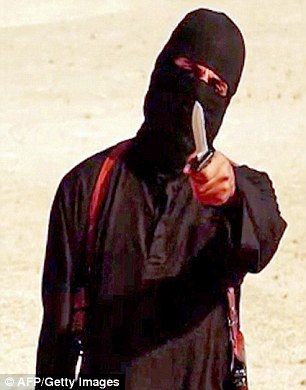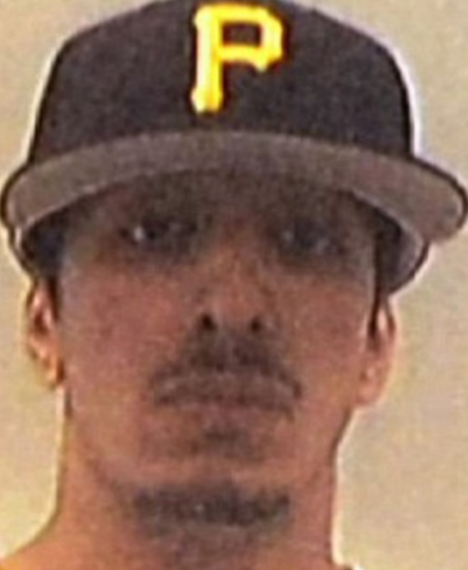The optics around Moscow's strikes have been a veritable nightmare for the US. The steady barrage of videos released by the Russian Defense Ministry seem to depict a successful air campaign (although it's impossible to assess exactly what the clips show) and one that's done far more damage in the space of 45 days than the US campaign has done in the space of 13 months. One problem of course is that Russia has a ground force in the Iranians and Hezbollah and the cooperation between air and ground seems to be far more robust than what Washington has been able to accomplish with Kurds.
So, in a last ditch effort to avoid complete humiliation, The Pentagon first prepared the US public for the deployment of spec ops (by releasing helmet cam footage of an ISIS prison raid) and then tried to float the idea of sending Apache gunships to Baghdad. When Baghdad rejected that strategy, The White House said it would send 50 spec ops to Syria and now, in conjunction with the Kurds, the US is attempting to take back the Northern Iraqi town of Sinjar which ISIS captured more than a year ago before terrorizing the local Yazidi population. This operation has received an enormous amount of Western media coverage over the past several days.
Well now, in the latest effort by Washington to prove to an increasingly skeptical world that the US can (or is willing) to bring something to the fight, the US says it has probably killed "Jihadi John," the ISIS member and Kuwaiti-born Brit who became famous after appearing a number of videos depicting the beheading of Westerners.
Here's BBC:
US forces have carried out an air strike targeting the Islamic State group militant "Jihadi John", with a "high degree of certainty" he was hit.And here's Fox:
PM David Cameron said targeting Mohammed Emwazi was "the right thing to do".
It is believed there was one other person in the vehicle targeted in the attack near Raqqa, in Syria.
Speaking outside Downing Street, Mr Cameron said it had not yet been confirmed whether the strike had been successful.
But if it had been, "it will be a strike at the heart of Isil [Islamic State] and it will demonstrate to those that would do Britain, our people and allies harm we have a long reach, we have unwavering determination and we never forget about our citizens".
He described Emwazi as an "ongoing and serious threat" to civilians around the world, particularly in Syria and the UK.
"He was Isil's lead executioner and let us not forget he killed many, many Muslims too, and he was intent on murdering many more people.
"So this was an act of self-defence."
The prime minister added that his thoughts were with the families of those "who were so brutally murdered".
A senior US military source says the strike involved two MQ9 Reaper drones and took place at 20:50 GMT on Thursday.
Another US senior military source said there was a "high degree of certainty" Emwazi had been killed.
The Pentagon said late Thursday it had launched an airstrike in Syria targeting "Jihadi John", a British national seen in videos depicting the beheading of hostages held by ISIS.We suppose Emwazi didn't end up leaving the group due to concerns that "jealous" militants would kill him (see here) after all.
Pentagon spokesman Peter Cook confirmed that the airstrike in Raqqa was directed at the notorious militant, also known as Mohamed Emwazi. It was not immediately clear whether Emwazi died in the airstrike, but a senior U.S. military official told Fox News, "we are 99 percent sure we got him." The Pentagon was monitoring the aftermath of the strike before making a definitive announcement.
A senior U.S. defense official told Fox News that a drone was used in the airstrike. According to a senior military source, the drone had been tracking Emwazi for most of the day Thursday while he met with other people. The source said the strike took place shortly after Emwazi came out of a building in Raqqa, when he was "ID'd and engaged."
Sky News, citing sources inside Raqqa, reported that Emwazi was badly hurt in the air strike but still alive when he was brought to the hospital there. Later, however, the same sources said the hospital was sealed off to the public. Locals say the hospital is usually closed when an ISIS figure is killed, which allows the group to go on social media and claim he is still alive.
So we'll await confirmation here and indeed if Emwazi did make it to the hospital we may never get it.
At this point, with everything we know about the support Washington's regional allies have provided to Sunni militants like Emwazi, it's difficult to determine how to assess these types of stories. That is, when you foment discord on the way to creating civil war (and again, you don't have to believe the US created ISIS to believe that the US did indeed participate in stirring up the sectarian hornet's nest and that Washington's "friends" in Riyadh and Doha not to mention Ankara probably did assist Islamic State in one form or another), groups like ISIS invariably emerge, so when you go back and you kill them, you're just putting down the Frankenstein you helped to create. Does Washington deserve a pat on the back for that? We don't know.
But what we do know is that targeting a single high profile ISIS member to grab a headline or two isn't going to cut it. Not while Russia and Iran are staging assaults on major Syrian cities.
Finally, it's worth noting that based on The Intercept's "drone papers", which reveal that nearly 90% of people killed in strikes are not the intended target, the above, if verified, would represent a small miracle for the US drone program - we wonder how much "collateral damage" there might have been.





A: It "says".....(enter statement)
Another Bin Laden hoax. ISIS is a creation of US/Israel. They'll probably throw a couple of their paid mercenaries under the bus for PR but ISIS-rael is just another Al Kyda boogeyman; created, fostered, nurtured, and paid for by US/Israel.